Vegetarian Treasury – (Part : 29)
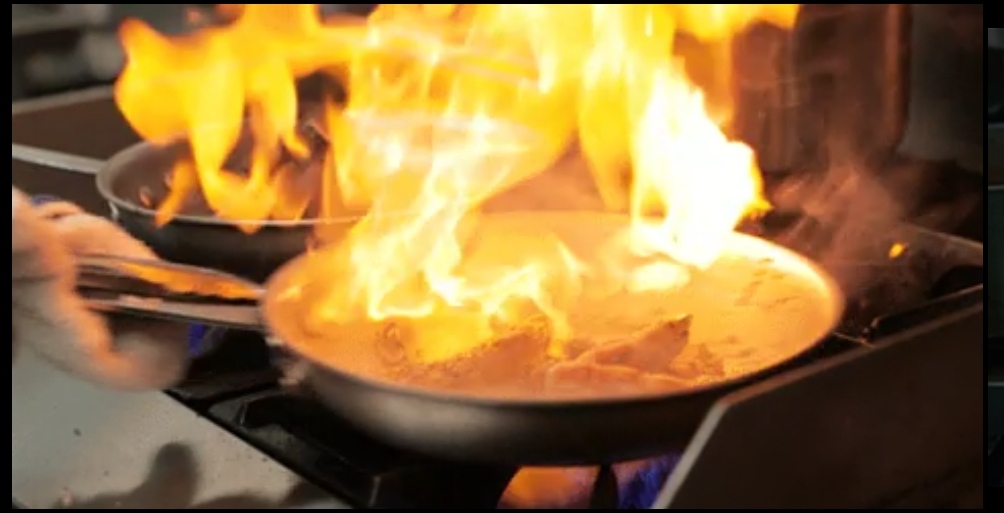
Sambar : Have you tried these delicious variations?
Welcome to the vast and flavoursome world of sambar!
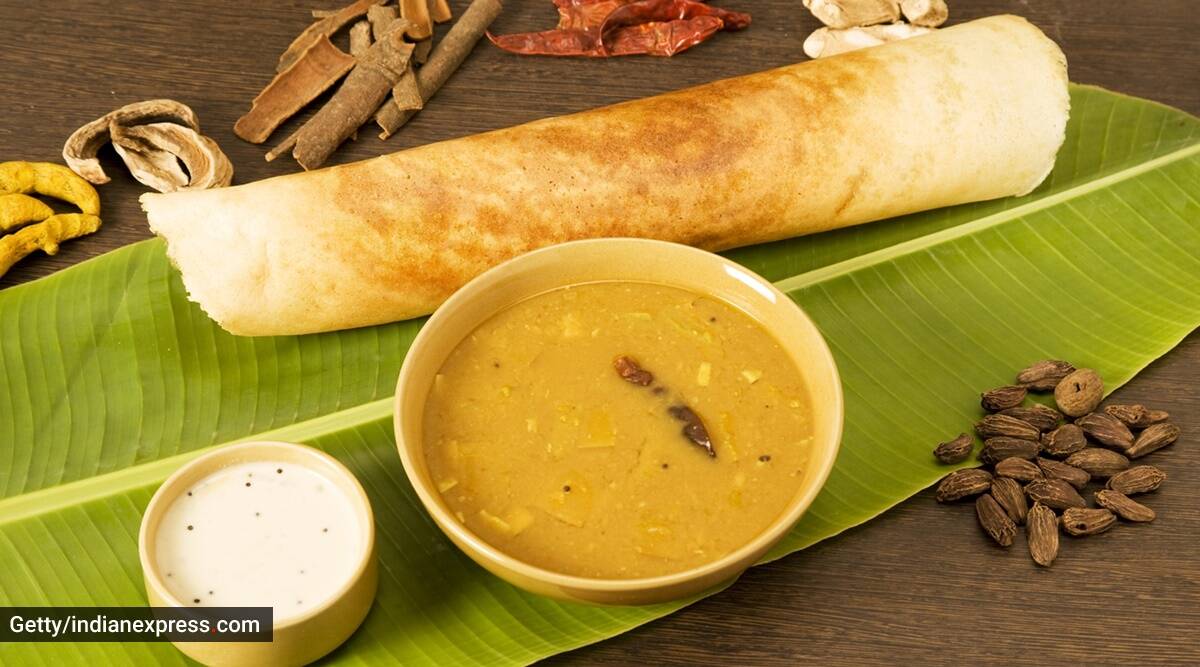
There are many types of sambar.
Call it hotel-style or the classic type, the variety and ways in which the humble sambar is prepared continues to be experimented with as part of the South Indian cuisine. It is believed that sambar, a mix of vegetables, lentils, tamarind pulp along with condiments like turmeric, and sambar powder, is not only easy to prepare but also a nutritious dish that ensures one gets to enjoy a variety of flavours in a single mouthful.
In case you have been left wondering about the many popular varieties of sambar; we have you covered. Check them out below:
Idli sambar or hotel style tiffin sambar
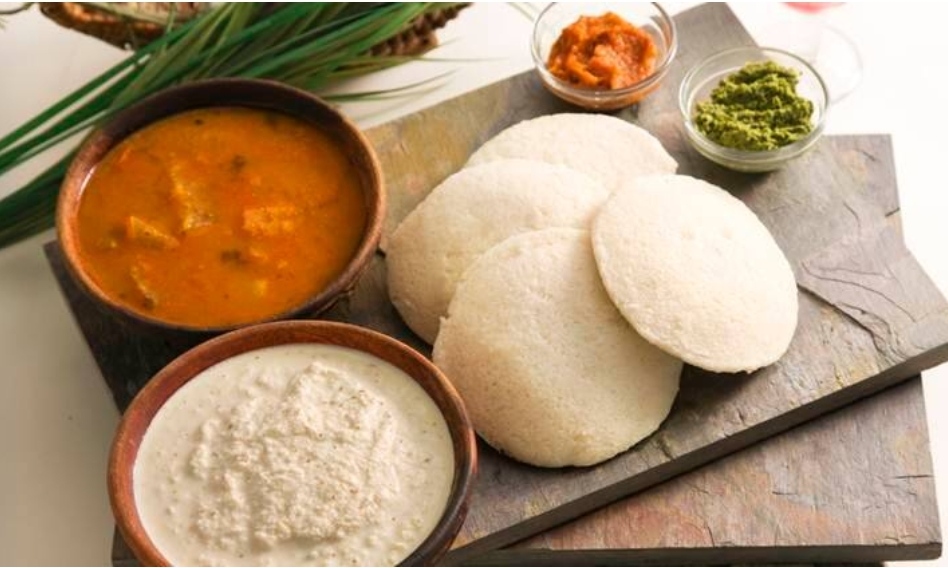
Here’s the hotel-style sambar.
A comparatively runny version of the regular sambar, idli-sambar’s uniqueness stems from the use of freshly ground sambar powder which adds flavour to the dish along with the compulsory use of tomatoes. This variety is usually served with idli, dosa and vada.
Tips
*For making sambar powder, first heat all the spices (mustard seeds, coriander seeds, fenugreek seeds, cumin seeds, black pepper, chana dal or husked and split bengal gram, dry red chillies and curry leaves) in a heavy-bottomed pan on a low flame. Stir non-stop to ensure they don’t burn. Roast them till they become aromatic and golden. Let them cool down and then grind them.
*Tomatoes are the key ingredient in this type of sambar. They are used along with vegetables like drumstick, pumpkin, ash gourd etc.
*This type of sambar mostly has both toor and masoor dal.
Arachuvitta sambar
Arachuvitta means ‘ground’ in Tamil. This classic sambar variety is made with roasted spices which have been ground with fresh coconut. A Tamil Brahmin speciality, the mix is prepared without onion, garlic and even sambar powder. This is prepared on special occasions and usually served with rice.
Tips
*Since this variety is largely a stew of vegetables, the quality and colour of red chillies define the colour of the sambar.
*Roast the spices (coriander seeds, fenugreek seeds, cumin seeds, black pepper, chana dal or husked and split bengal gram, dry red chillies and curry leaves. Once they cool down, grind them with desiccated coconut.
*This preparation uses tamarind pulp, vegetables, dal, and the ground masalas along with salt and turmeric.
*Stir well. If the sambar looks thick, add water. If it looks too thin, add 1-2 tbsp rice flour to thicken.
*Garnish with coriander leaves and serve.
Kerala-style sambar
Sambar is one of the most-loved South Indian dishes.
Made with a mix of vegetables, freshly ground sambar powder, lentils and tamarind pulp, Kerala-style sambar can be relished with steamed rice.
Tips
*If using brinjals, make sure to first chop them and then keep in salt water for 10-15 minutes before adding to the sambar. This ensures the bitter juices are extracted.
*Look for a balance of vegetables when using too many.
*Roast the spices and then grind them with coconut and roasted onions to make a sambar masala paste.
*Add vegetables like shallots, brinjal, and tomatoes to cooked toor dal. Add water, turmeric powder and rock salt. Ensure they are half cooked and then add tamarind pulp followed by the masala paste.
*Keep the lid on until all the vegetables are cooked. As soon as you add the tempering, ensure you close the lid so that the flavours stay intact.
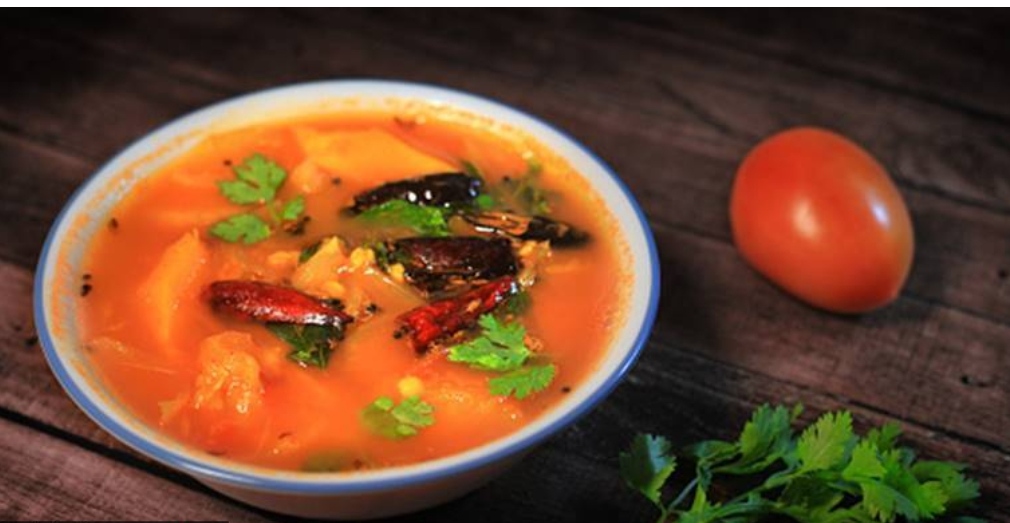
Tomato sambar
When you have no vegetables at home and just tomato paste, you can quickly make this easy sambar that goes very well with idli and dosa, or even rice.
Tips
*Puree 3-4 tomatoes.
*In a pressure cooker, add rinsed toor dal, tomato puree and sliced onions (you can skip onions) along with asafoetida and turmeric, and water.
*Pressure cook for about 4-5 whistles.
*Once the pressure settles down, add tamarind pulp to the prepared mixture along with sambar powder and salt.
*If having with idli, you can add more water for a slightly thin consistency. If having with rice, let it remain thick.
*Temper and close the lid to let the flavours infuse.
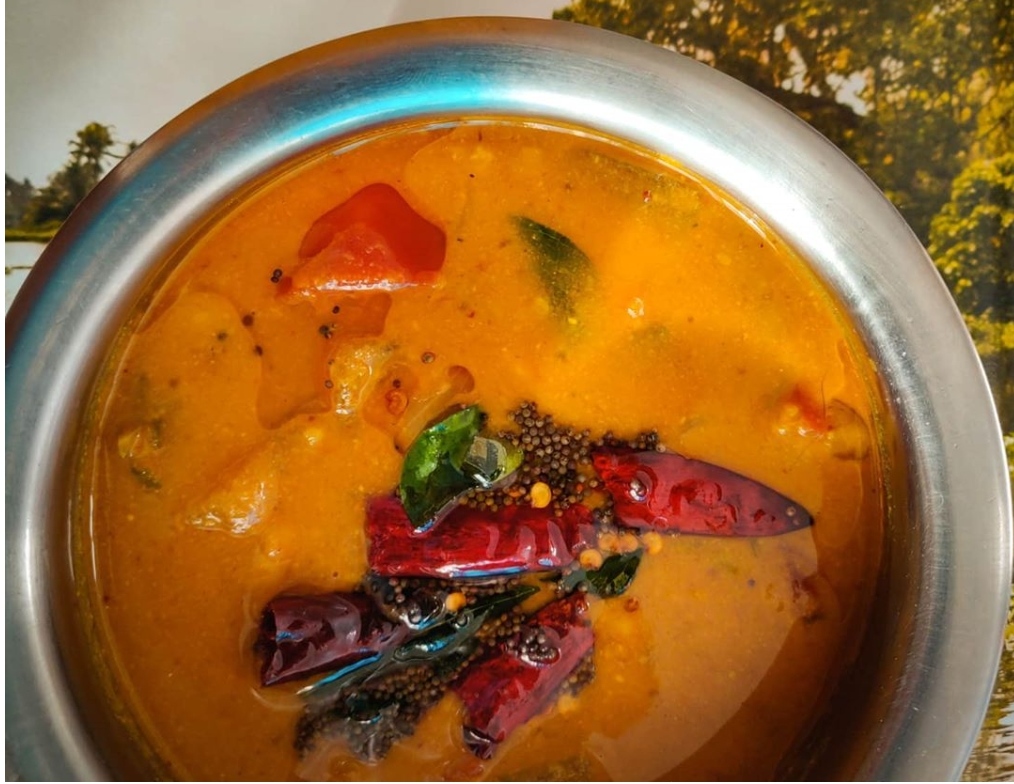
Udupi-style sambar
This popular variety gets its name from the temple town of Udupi. The semi-spiced, lightly sweet and tangy sambar made with lentils and freshly ground sambar masala is a vegan recipe. It makes for a good combination with idli, dosa and steamed rice.
Tips
*The recipe does not use onion and garlic.
*The sweet taste of the sambar makes it different from the rest of the sambars that are a tad bit spicy.
*Roast the spices: coriander seeds, urad dal, cumin seeds, chana dal, fenugreek seeds, fennel seeds, asafoetida and dry red chillies. Once cooled, mix them with fresh coconut to make the sambar masala paste.
*Regular vegetables like drumsticks and carrots are used in this recipe. But boil them first and then add to cooked and mashed dal along with tamarind pulp and sambar masala paste.
*Let it come to a boil. Add jaggery powder.
*Add the tempering and close the lid.
Similarly, sambar using individual vegetables like onion, okra, brinjal and nightshade berries among others can also be made.




